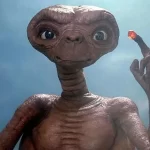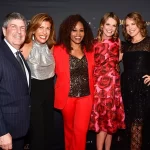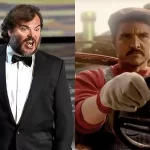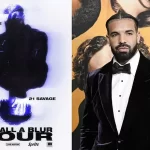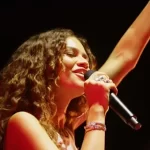I’ve been watching a lot of Blaxploitation films to honor Black History Month this year. I’ve seen a lot of the classics up to this point, including Shaft, Foxy Brown, Cleopatra Jones, Superfly, and Dolemite.
Despite the fact that each of these films came out more than a decade before I was born, they all have a warm familiarity. What I discovered is that because I inadvertently grew up on many of the aesthetics, characters, references, and tropes through hip-hop, many of them are instantly recognized.
Hip-hop has been predominantly identified with a particular kind of villainy or anti-heroic mentality for the past 50 years. From Eazy-E to 50 Cent to 21 Savage, many of rap’s most notable protagonists have been the kinds of individuals you’d be hesitant to bring home to your mom. It seems that rap fans prefer to cheer for the bad guys.
But that image didn’t spring up overnight, nor was it the wholesale invention of the artists who embraced it. There’s a connection between the way rap – an indisputably Black art form – presents its world of crime, sex, and violence and some of the first modern representations of Black people in mass media and entertainment: Those Blaxploitation films.



